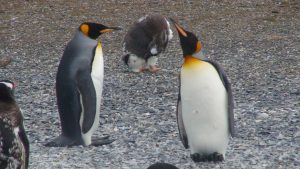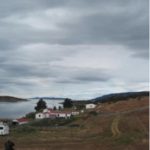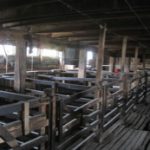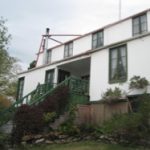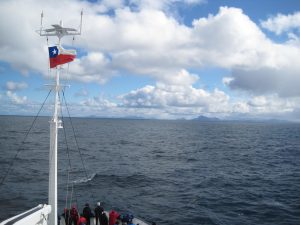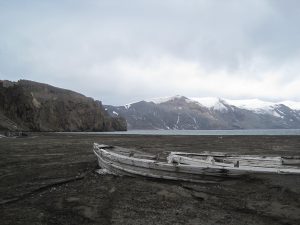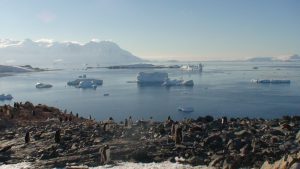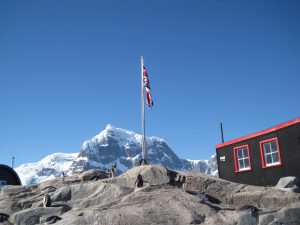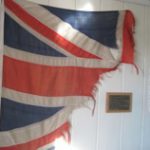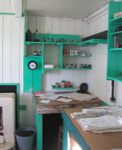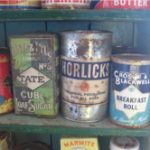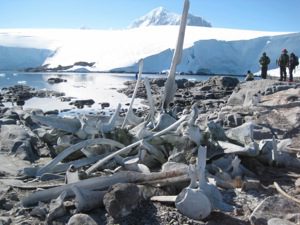54d 54m 15.9s S, 67d 22m 27.8s W (WP224)
We explored the Beagle Channel (this time, by small boat) with our destination being Harberton Estancia, about 85km from Ushuaia today. It was pretty neat to once again be explorers, even if for a day. Our journey took us near Isla del Los Pajaros (Bird Island)
and Isla de los Lobos (Sea Lion Island) skirting us by the Faro les Eclaireus (lighthouse). Finally we neared Isla Martillo, where Magellanic Penguins have a strong rookery, with the occasional Gentoo population that have swum from colder places south on the Peninsula. There were also two King Penguins taking refuge here, although their homes really are much further south on the Peninsula. It was fun to take in the two new species of Penguins, the Magellanic and King, as we fondly remembered our time with the Gentoos, the Chinstraps and Adeles on the Peninsula.
Harberton Estancia was a rather interesting place, still a working farm, but mainly today for the tourism trade (restaurant, tea shop and hotel). Their historic trades were in sheep wool (fleece) and a sawmill. Until the 1970s, the only way you could arrive at Harberton was by boat. The nearby museum and active biology research lab on whale bones was very good.

